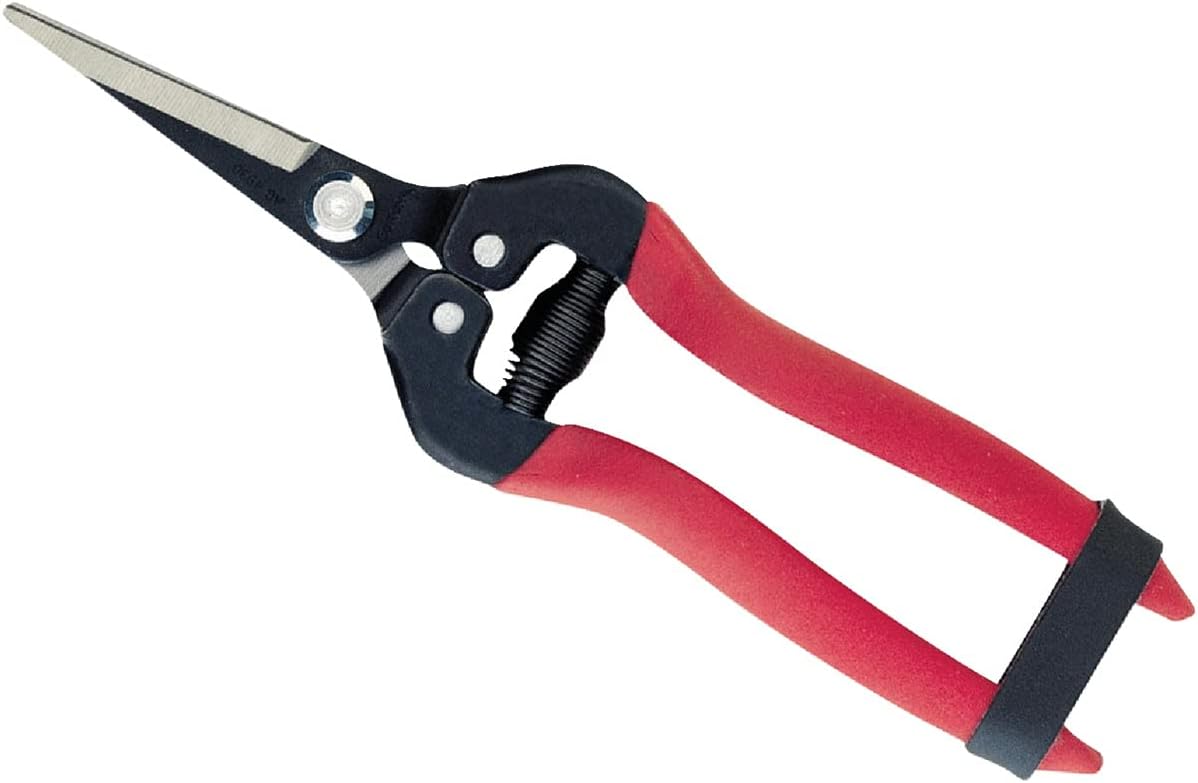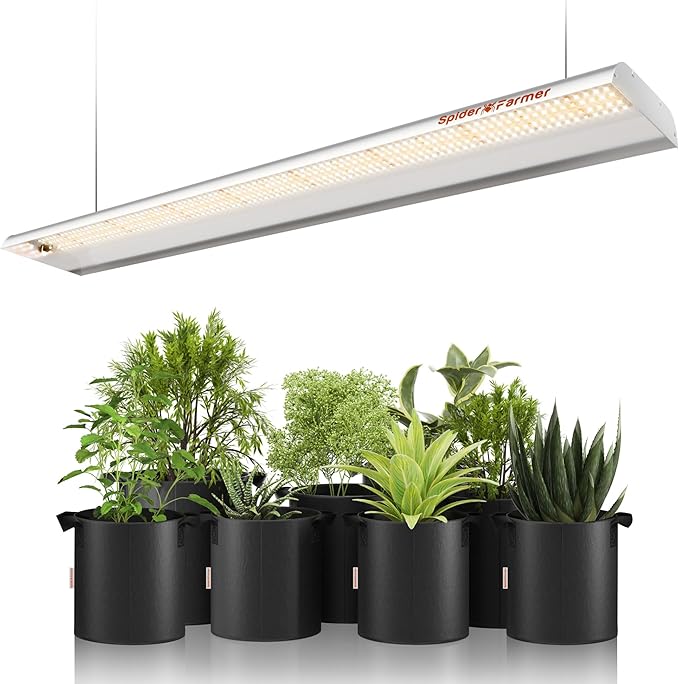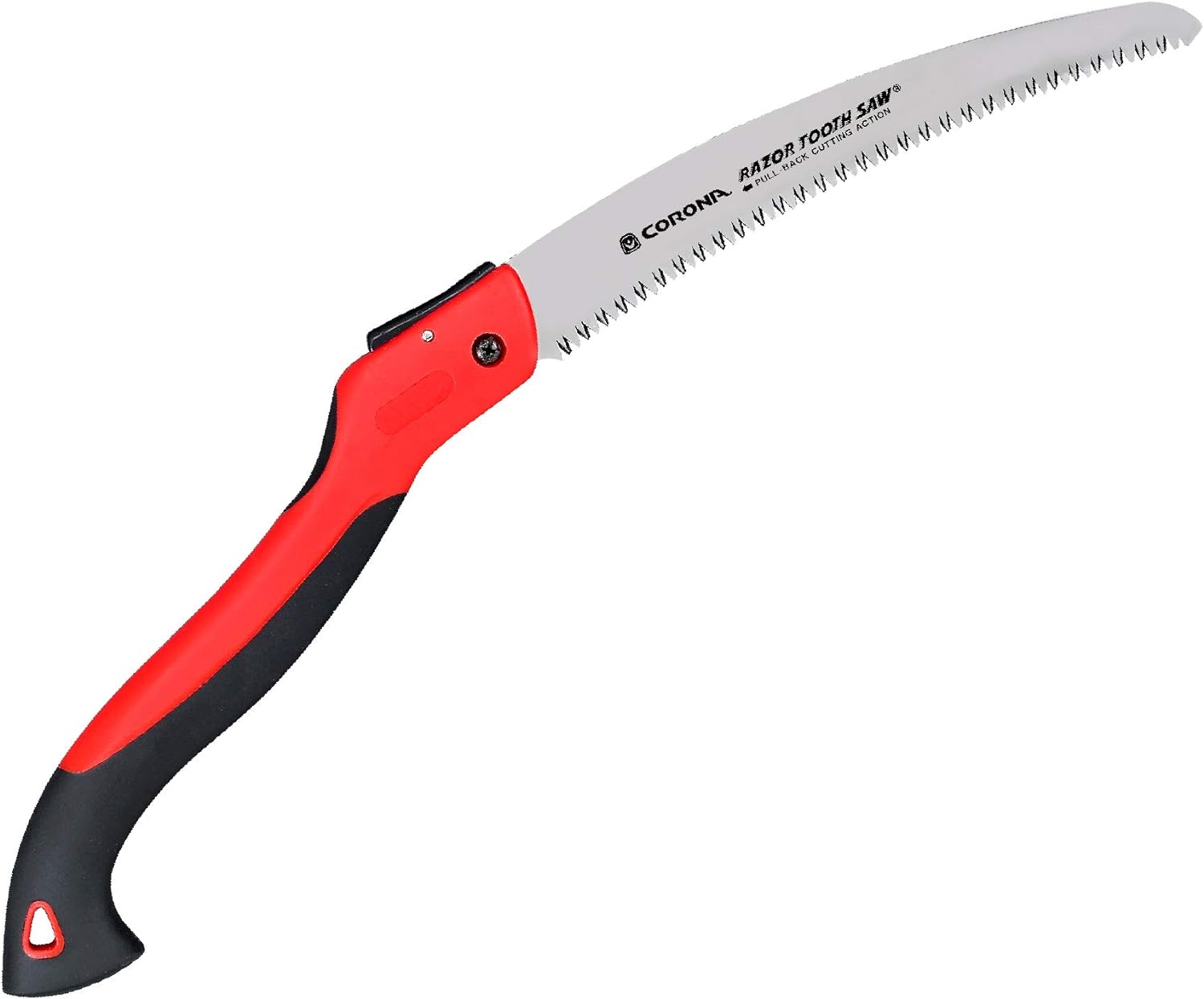9 Garden Myths Demystified
Don’t let these classic superstitions waste your time or harm your plants

I learned the lesson that you shouldn’t believe every bit of gardening advice you hear in graduate school from my statistics professor, Walter Stroup, who loved to wear his “Walter Beer” hat during class. This weird-looking derby made from yarn and beer cans was a gift from one of his former students. During the first class, Stroup explained he always wore his Walter Beer hat when he fertilized his plants and wearing it was what caused them to grow so well. The purpose of his anecdote, I realized, was to impress upon his students the importance of questioning every claim and bit of advice.
We have all followed someone’s gardening advice without knowing if it was based on sound information. As you maintain your garden, consider if your techniques are simply ideas passed down through the ages or smart practices based on solid science. Here are a few of my favorite myths and the truths we should all embrace.
Learn more: Gardening Myths and Old Wives Tales
Myth
If a plant is under stress, it should be fed

Truth
Fertilizing plants that are not nutrient deficient can lead to additional stress. Fertilizer is added to plants growing in poor soils and to plants that show symptoms of lacking a particular nutrient. Generally, when a plant is stressed, it’s not from lack of food. Compacted soil, heat, salt spray, faulty planting, and improper placement are usually the culprits that stress plants. It is important to rule out other environmental conditions before deciding a plant is underfertilized. When fed, stressed plants use up energy that is better spent on growing roots, walling off decay organisms, or defending against insects.
Myth
Cover newly pruned areas with varnish, tar, or paint

Truth
There really isn’t a way to keep fungal organisms out of a new cut. In about half of the situations where these wound dressings are used, the tree’s heartwood decays faster than it would have without the topical application. The paint or tar holds moisture near the new wound, which, unfortunately, helps the various fungal decay organisms grow. Instead, simply make a clean cut just outside the branch collar and leave it alone. If pruned properly, trees can take advantage of natural defense mechanisms to ward off most decay problems.
Myth
Organic pesticides are less toxic than synthetic ones

Truth
Misused pesticides can be harmful regardless of whether they are considered natural or synthetic. Pyrethrum, for example, is made from chrysanthemums but is still toxic to people and pets when handled improperly. Whenever possible, it’s best to select the least toxic option available because, even if not lethal, many of these pesticides can cause serious health complications. Safe storage of these products can help prevent any harmful accidents. Read and follow all label directions, and remember that these products are tools, not miracle workers or silver bullets. Pesticides cannot correct mistakes made in plant selection, installation, or maintenance.
Myth
Newly planted trees need to be staked and guy-wired

Truth
Staking a tree can hinder its proper development. This practice was once a landscape industry standard, driven by a gardener’s inner desire to do something good for the plant to help it grow. It’s best to avoid staking unless the new tree is located in a windy or on a sloped site. Allowing the tree to sway in the wind encourages the development of stronger stabilizing roots. If staked, the tree may become dependent on this support, preventing the root system from becoming strong and healthy. If it is truly necessary, tie the trunk loosely to the stake using fabrics such as T-shirts or bicycle inner tubes to avoid damaging the bark, and remove the support after one growing season.
Myth
Sunshine focused through water droplets will burn leaves

Truth
The diffused rays of the sun are not powerful enough to cause burning. If it were the case that water droplets burned leaves, farmers would encounter huge losses after each daytime rainstorm. In fact, lawn care professionals often cool turf by spritzing water over the foliage during the hottest part of the day. In general, the best time to water most garden plants is early in the morning because of higher municipal water pressure, a lower evaporation rate, and the potential to reduce foliar diseases that often occur in overly moist situations. But if you are left with no other choice, watering midday will not harm your plants.
Myth
Add sand to loosen heavy, clay soil

Truth
The worst remedy for a clay soil is to add sand. This practice turns the clay soil into a rock-hard, mortarlike substance. Instead, use organic matter, like compost, to loosen heavy soils; it is light in composition and also improves nutrient quality. Sand can improve a clay soil, but it must be added until it constitutes most of the mineral composition of the soil. At that point, it’s not really clay soil any longer; it is sandy soil.
Myth
When it comes to fertilizers and pesticides, if a little is good, twice is better

Truth
A precise measurement of these materials is crucial to the health of your garden. If you like to watch the Food Network, you’ve probably seen Emeril Lagasse “kick it up a notch” by adding a little more of a certain spice. This approach may be fine for cooking but not for gardening. Fertilizers can raise salt levels in the soil to toxic levels, burning the roots and stunting the growth of your plants. Pesticides, when overused, can also have similar detrimental effects on plants by burning the leaves or raising toxicity levels in the soil. Garden products, both organic and synthetic, are extensively tested during research and development to provide safe and reliable results, so using the exact recommended dosage is the best practice. I recently witnessed an impatient gardener spray some cucumber beetles with a very concentrated solution of an insecticide; the bugs died, but so did some of the cucumber vines.
Myth
When planting a tree or shrub, dig the hole twice as wide and twice as deep as the root ball

Truth
A planting hole should be twice as wide as the root ball but no deeper. By applying this planting principle, you will encourage the roots of a plant to grow out, which creates stability and allows the plant to readily find water and nutrients. A good way to make sure that the root ball is at the right depth is to place the top roots so that they are parallel with the soil surface and then apply 2 inches of mulch over them. Think of it as a “planting area” instead of a “planting hole.” Don’t add compost or potting soil when backfilling the planting area. Most roots prefer to grow in these amended soils instead of spreading out through the landscape.
Myth
Drought-tolerant plants don’t need to be watered

Truth
All plants need to be watered to become established. Most “drought-tolerant” plants, such as Russian sages (Perovskia spp. and cvs., USDA Hardiness Zones 6–9) and black-eyed Susans (Rudbeckia spp. and cvs., Zones 3–11), are those that can survive through an average summer without supplemental watering. These plants, however, are usually not drought tolerant in the first year, and regular watering and an application of mulch are good ideas. After that, you can pretty much allow them to fend for themselves, but even the toughest of plants will benefit from a monthly soaking.
Fine Gardening Recommended Products

Corona AG 4930 Long Straight Snip, Tempered Steel
Fine Gardening receives a commission for items purchased through links on this site, including Amazon Associates and other affiliate advertising programs.

SF600 LED Grow Lights 2x4 ft
Fine Gardening receives a commission for items purchased through links on this site, including Amazon Associates and other affiliate advertising programs.

Corona Tools 10-Inch RazorTOOTH Folding Saw
Fine Gardening receives a commission for items purchased through links on this site, including Amazon Associates and other affiliate advertising programs.






Comments
Log in or create an account to post a comment.
Sign up Log in